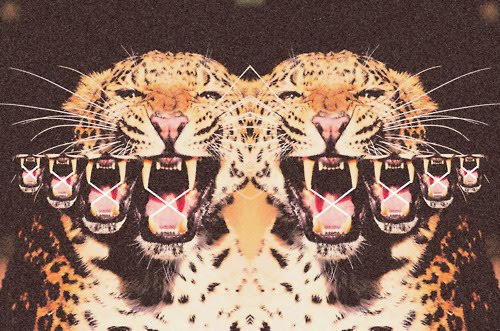SATURDAY, MARCH 17, 2012
I just finished up writing a short piece on my good friend Gonzalo Ceballos .He's one of my favourite artists around. I had a very restrictive word count, so I had to leave a lot of things out. It's mostly about his drawing practice. He is also a prolific painter, photographer and general maker of things. He asked me to post it here, so I hope it does him some justice! Here it is:
Since its origins in ancient Greece, 'genius' has long been associated with the duality of man and a governing force. Man's actions are influenced by an agent paradoxically distinct and inseparable from the individual, manifesting in artistic creations. Talking to Gonzalo, there seems to be something daimonic going on. He speaks in vague riddles, forgetting names and places, avoiding eye contact and dashes in and out of spaces as if he's running from the cops. I can't tell if it's the alcohol or his vampiric lifestyle – draw, sleep at 6am, wake at 3pm, draw – or if there's something more sinister at play.
His existence is almost Gothic. He moves like a man hypnotized, and watching him draw I think of Mr Hyde - 'that insurgent horror...knit to him closer than a wife, closer than an eye; lay caged in his flesh...and at every hour of weakness, and in the confidences of slumber, prevailed against him'. Gonzalo's line work is frantic and unadulterated. He works in a manic state, producing drawing after drawing as if trying to rid himself of a malady. He leaves us with a piece of paper riddled with his desires and experiences, and all his contradictions.
Using a texta, he colours in scenes and figures as if he's trying to scratch them out. In Wilfred Bion's theory of bizarre objects, the pathological individual – characterised by a great hatred of reality – splinters the undesired parts of the self into fragments. The individual projects this into an external object with violence, splitting the object similarly. Gonzalo's subjects take on the hostility of his aggressive hand. His creative act is paradoxically constructive and savage, and his portraits become splintered documents of his dissatisfaction. He creates new life and butchers it simultaneously, in an attempt to escape reality, whatever that may be.
His imagery works like a faulty time machine. He incorporates artists and thinkers into his work, forming appropriated portraits. His subjects range from legendary figures to himself and his own friends. He ignores any form of hierarchy amongst artists and genres, as well as the rules of time travel, moving his subjects back and forth to create a whimsical mash up of people, place and time. In his drawings Gonzalo is a matador, and then a samurai. He is in a gang with Gaugin and Picasso, all wielding daggers. Matisse is covered in a fine fur coat and the Roman goddess Venus is flanked by black angels in tight jeans. We all climb trees. His imagery is varied, but a fixation with hip hop culture becomes clear. It's with a decadent hip hop sensibility that he becomes an iconoclast, revealing Matisse's sexual deviance and turning Frida into a porn star. Just like 50 Cent, his subjects are armed with buckets of machismo, fabulous and depraved.
He too is soaked in this gansta routine, and you can see it in his swagger. Gonzalo may not wield a pistol, but there is a plastic gun hidden somewhere in his apartment. He may not wear Gucci like Kanye West, but he's got the dirty double denim. This appears brazen and anti-metaphysical, but it's not to say he's all pop throwback. Next to his aggressive imagery there are softer, more self-reflexive works that reveal a fascination with meeting points and turning points, where he explores the tender forces that draw people together, and the bleakness that accompanies the dissolution of that idyllic moment. Gonzalo stresses the deceptively unremarkable settings of these happenings, capturing his subjects in everyday scenes. His simple drawing of a friend lying in grass documents an intimate friendship, an example of this. He also eats dinner with Mattise, and it is through these works that Gonzalo extends his fixation with human connections to a yearning for a different reality, and the possibility of living and breathing with those he reveres.
Icons aside, Gonzalo's depictions of the artists that surround him preempt their fame, creating an archive of portraits that preserve the artists at their inception. Through his drawings he writes our myths, as if in hope that one day someone will uncover our first identities, yet unencumbered by age and accountability. It is with his idiosyncratic hand that Gonzalo enables his escapist practice, at once binding and cathartic; forever hopeful.
CHERALYN LIM at 4:37 PM


No comments:
Post a Comment